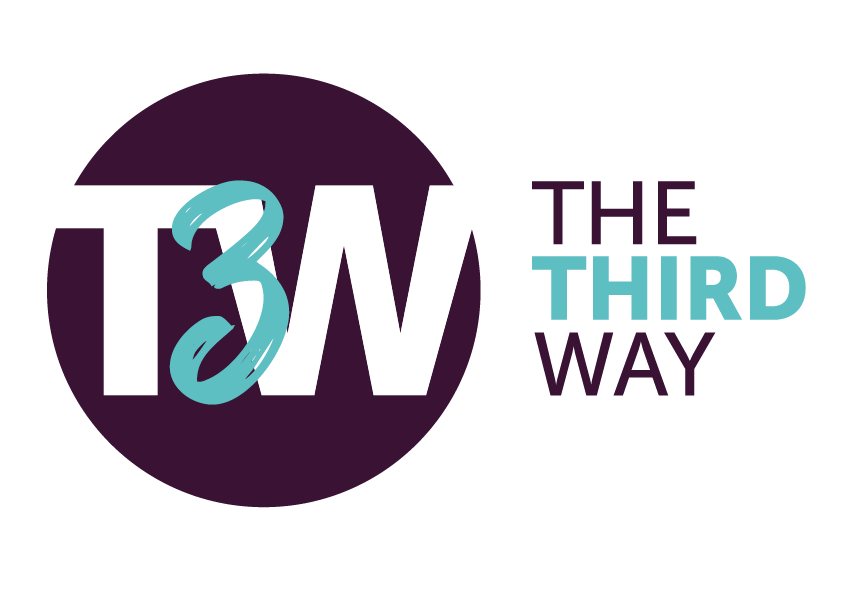Agile Leadership 1/2
The Essence of Agile Leadership
Agile leadership is the craft of creating the right context for self-organisation. It makes for an environment where agile teams collaborate, learn from each other, get quick feedback from users, and are focused on quality and continuous learning.
Agile literally stands for flexibility. Organising agile is a way of thinking, planning and working. It enables organisations to respond quickly and effectively to changes in the outside world.
Holacracy is a framework which enables creating (software) products in a flexible way. It means working in multidisciplinary teams that deliver (software) products in short sprints, with a fixed length of 1 to 4 weeks. … In a scrum a team tries to reach a goal together.
Scrum is a way of organising Agile with a specific approach for task distribution, hierarchy, decision making and self-managing teams…. The approach of Holacracy is a counterpart of many bureaucratic and hierarchical business operations.
Creating the Right Environment for Self-managing Teams
Co-create the Goals – instead of giving instructions, rather make sure that the goals are clear. If teams know exactly what to achieve, they can assess better if their actions are bringing them any closer to their goal.
Facilitate Ownership – create an environment in which agile teams can grow and thrive. Teams can’t be forced to take ownership, leaders can only create those circumstances in which teams take ownership. This requires a balance between stepping in and letting go. Finding the sweet spot where teams have the right amount of freedom aligned with their level of maturity.
Learn faster – being fit and ready for the future is not about being the best, it’s about learning faster. Self-managing teams need to get fast feedback on their actions and their decisions. Preferably from users and customers. It’s the leader’s role to promote learning from experiments and failures.
Design the Culture – The agile leader has to envision, design and improve the culture of the organisation.
Agile Leader Responsibilities
- Ensuring inspiring goals.
- Maximising team ownership.
- The speed with which teams learn from customer and user feedback.
- Creating a culture of trust, collaboration, honest feedback and focus on the customer.
Agile Business Management
Within Agile Business Management, the primary job of an Agile Leader is to encourage and empower cross-functional teams. This demands that team members are granted sufficient personal responsibility, accountability and authority to deliver the customers’ requirements.
- Provide an environment where it is safe to fail.
- Provide all the information necessary to make appropriate decisions.
- Uphold decisions made by the staff.
There are two primary anti-patterns for an Agile Leader, namely micromanagement and absence:
If a process is under control, and within allowed tolerances, staff should have the authority to deliver, without management intervention. This assumes a robust monitoring and reporting process, to identify when management intervention becomes required. This brings us to the other extreme, an absentee manager.
Even if they are physically in the office, they do not monitor or engage with their staff to ensure delivery. They have low, almost non-existent involvement in their team’s work. An absentee manager lack’s curiosity, doesn’t listen, doesn’t say anything, has no idea what’s going on, remains unaware of problems, and doesn’t set goals.
Without a manager to eliminate impediments, it becomes nearly impossible to meet any schedules or budgets.
Kim Scott's article Micromanager, Absentee Manager or Thought Partner — Which One Are You?
Journal Article by Keith Murnighan: Do nothing!: How to stop overmanaging and become a great leader




